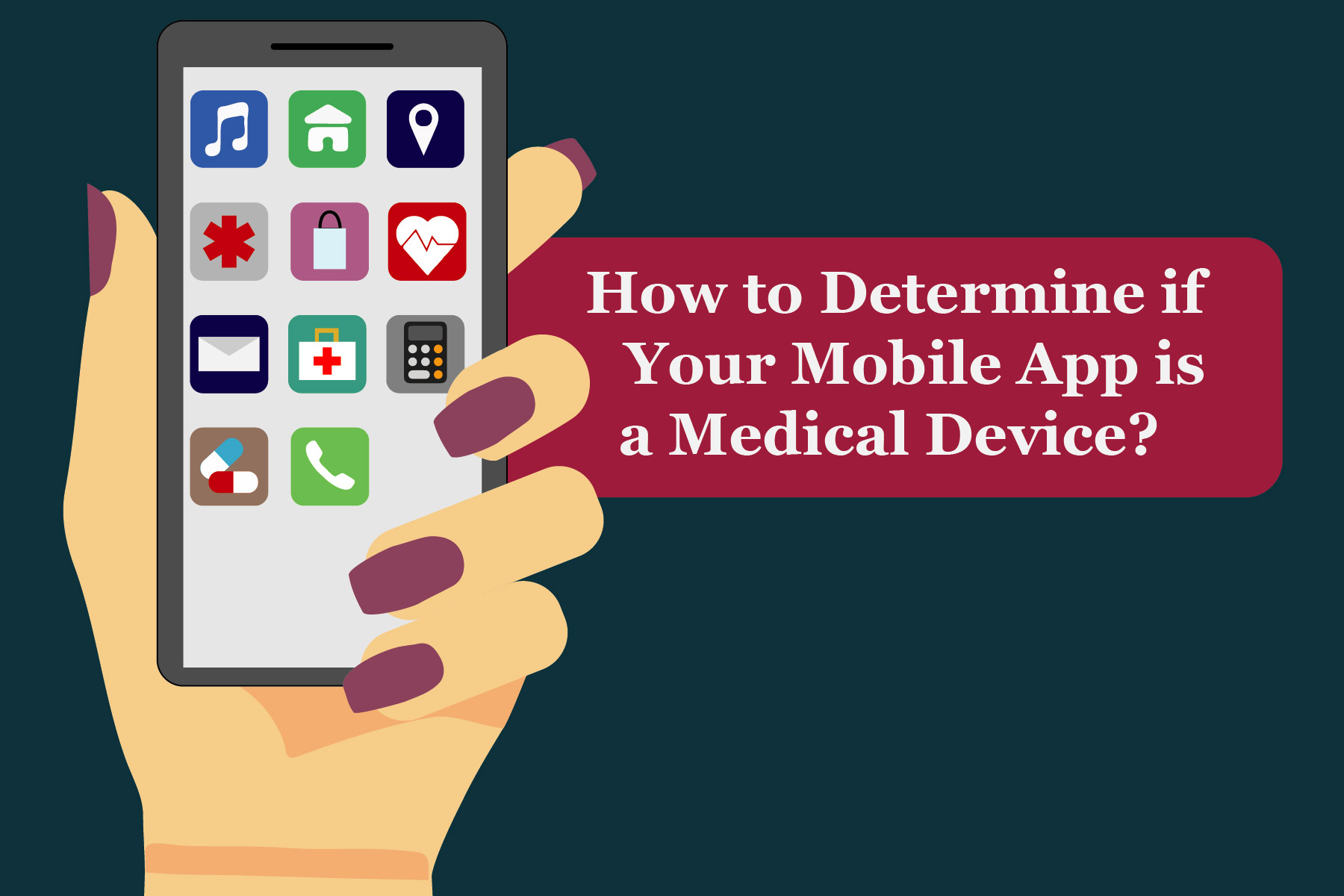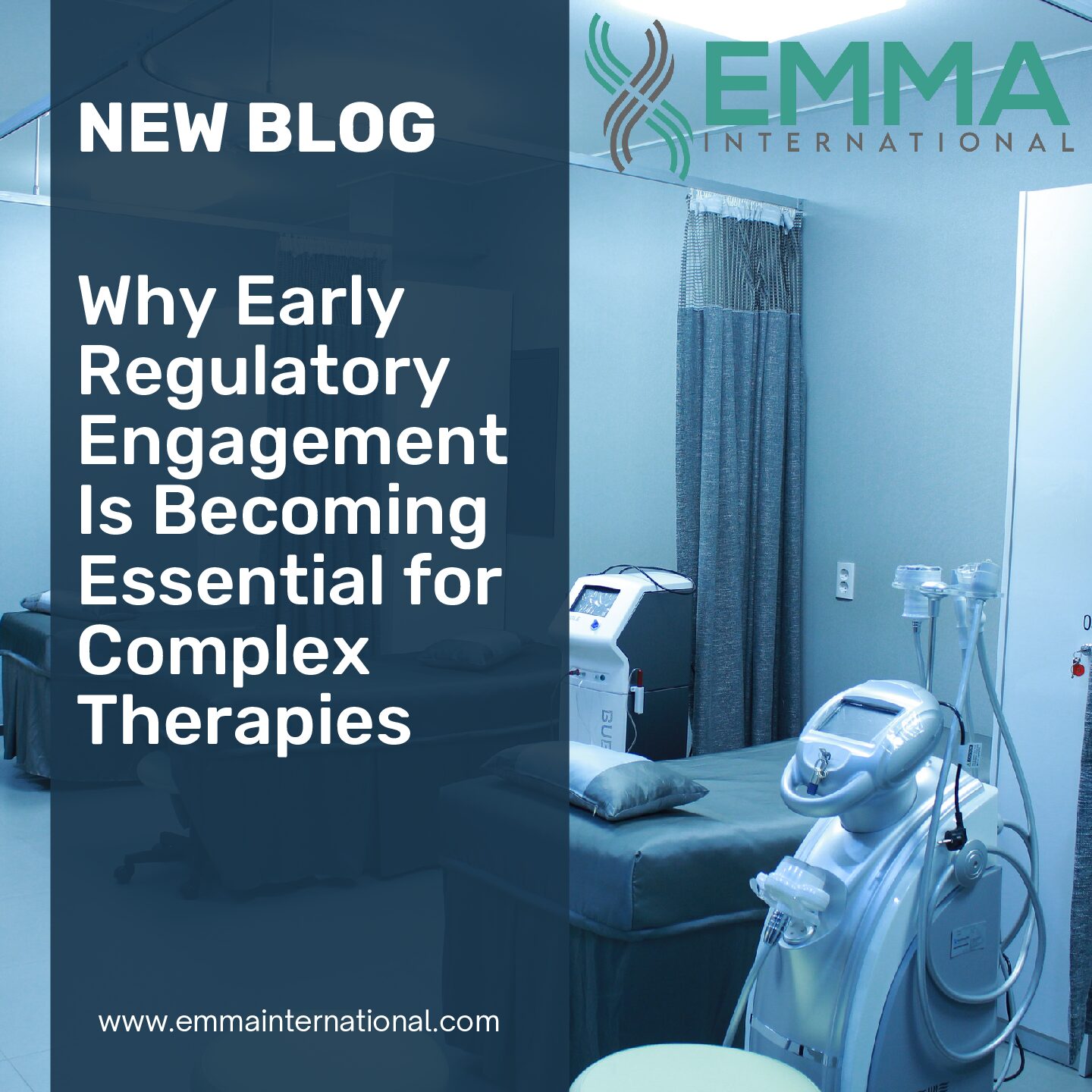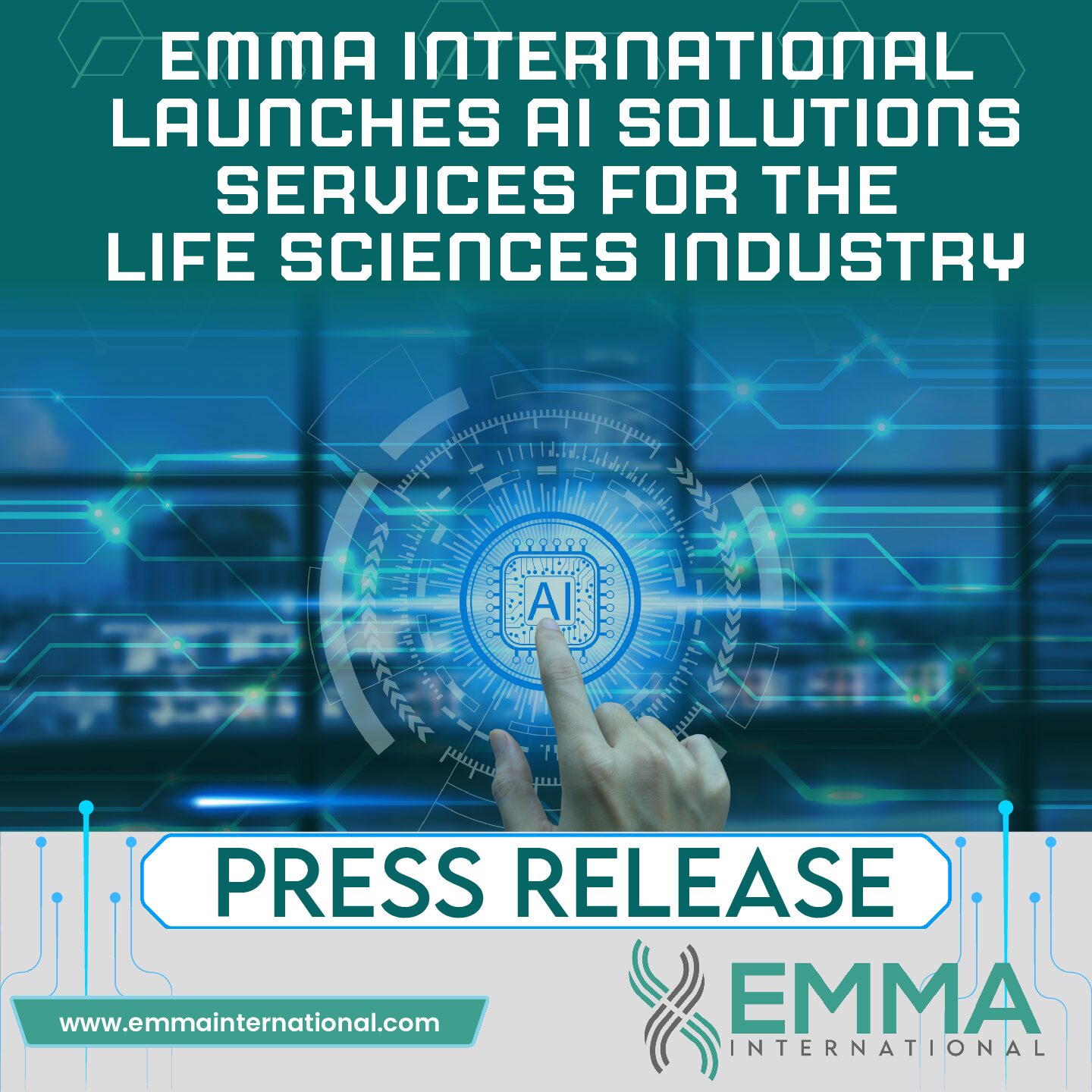Where do you feel you have the best digital user experience? A web or a mobile app? I have been a web developer for almost four years, but still, I prefer the Amazon app to order gadgets instead of the Amazon web application. Mobile devices and applications themselves are very handy because they easily fit in our pockets, their UIs show the most significant data with minimal clutter, and most importantly, they provide the same services and results as provided by web applications.
But what if you wanted to use or build a mobile application for a hospital or a laboratory? If the application is built to host healthcare-related activities, it should be thoroughly tested to verify the functionality as it can impact clinical data. Truly, it would be a small and rectifiable problem if a non-healthcare application such as e-commerce or a finance app breaks down, but if the app is utilized clinically, both data and functionality have the utmost importance as these factors drive patient care and safety. This is the point that pushes me every time to think, the app that I am developing, is it a medical device?
To answer this question, the FDA provided an excellent guidance document which specifies how to categorize mobile applications as a medical device. FDA also gives examples of apps that are not medical devices. Such examples include apps that are used only for reference purposes such as e-books, educational tools for patients, automating general office operations such as billing, and general-purpose applications such as note-taking apps, recording audio or video, social messaging, or general communication such as emails.1
The most obvious way to label an app as a medical device is using its intended use. Based on the FDA’s guidance document, an application is deemed a medical device if it is utilized in the detection, cure, mitigation, treatment, or prevention of diseases. For example, a continuous glucose monitoring app may collect blood-sugar data and save it in the Cloud. Based on this collected data, the activity of adjusting and delivering insulin may be triggered. Another example is the device that provides EKG data. If the intended use of the app is to provide electrocardiograms and monitor them for detecting irregularities, in such a case, the app is surely a medical device.2
Additionally, if the application is utilized in clinical assessment where the app functions as a tracking agent by logging patient health parameters to provide medical assistance, decision, or predictions, such an app falls under the class of medical devices. Indeed, if you do find that your application is a medical device, as stated priorly, it should be highly precise, effective, and above all, safe to use.3
For regulating your app, manufacturers should produce quality documentation that documents the system design and requirements. For verifying the intended use and functionality, they should perform scrutinized code inspections with unit testing. These steps are also a part of verification and validation as they allow manufacturers to identify risks and mitigate them. Surely, if the app passes through all the quality testing activities, in the end, it achieves FDA compliance which means that is safe and qualified enough to be hosted on app stores for industrial use.
Therefore, to sum up, my recommendation to mobile developers is to make sure you include the “Is my phone app a medical device?” check as part of your development checklist. As the application data and functionality directs patient safety, your mobile application or medical device must be tested thoroughly for preciseness. Do you have a mobile medical application, and need help with the regulatory requirements? We can help you determine if your app is a medical device and if it is, our regulatory and software experts can guide you step-by-step through the FDA regulatory process. Contact us at 248-987-4497 or info@emmainternational.com for more information.
1FDA (July 2018). Examples of Mobile Apps That Are Not Medical Devices. Retrieved on January 24th, 2020 from https://www.fda.gov/medical-devices/device-software-functions-including-mobile-medical-applications/examples-mobile-apps-are-not-medical-devices.
2FDA (September 2019). Policy for Device Software Functions and Mobile Medical Applications. Retrieved on January 24th, 2020 from https://www.fda.gov/regulatory-information/search-fda-guidance-documents/policy-device-software-functions-and-mobile-medical-applications.
3FDA (September 2019) Policy for Device Software Functions and Mobile Medical Applications. Guidance for Industry and Food and Drug Administration Staff. Retrieved on January 24th, 2020 from https://www.fda.gov/media/80958/download.





